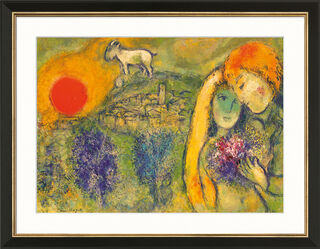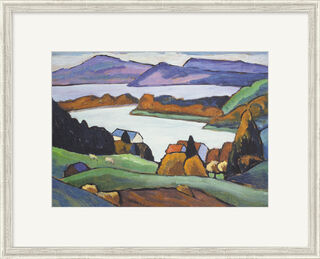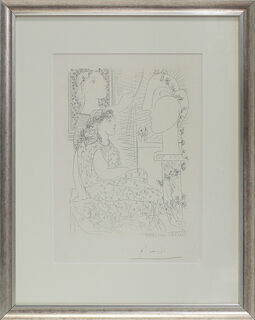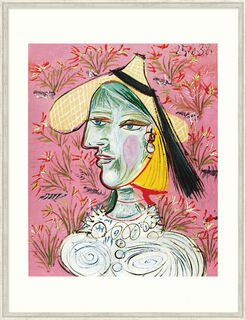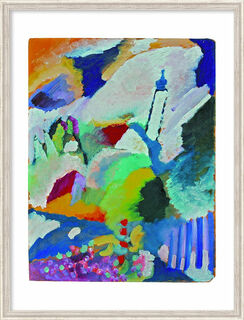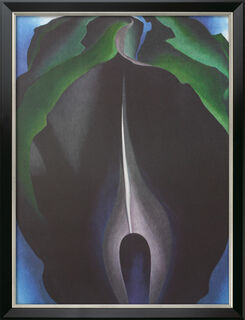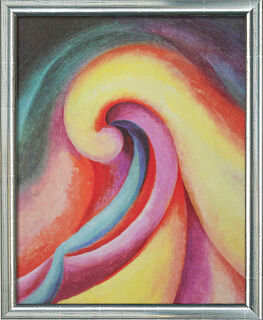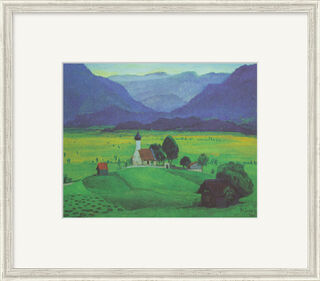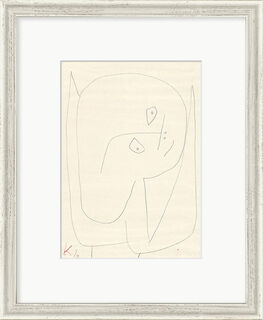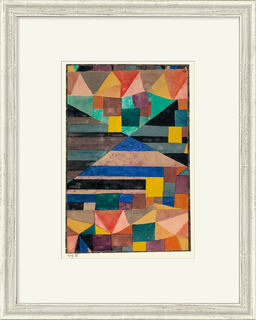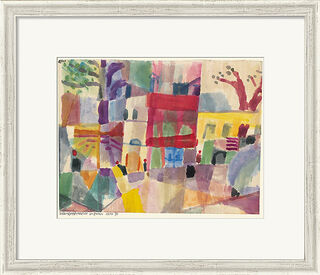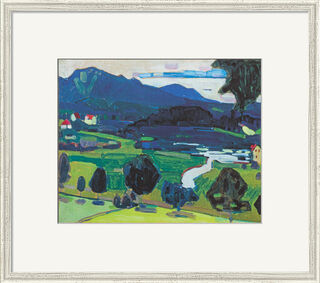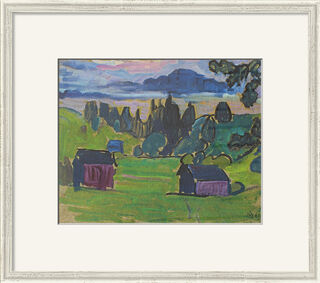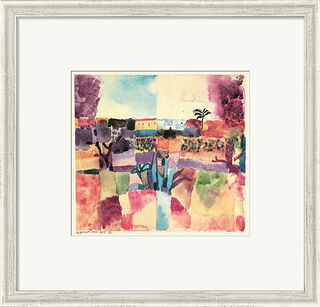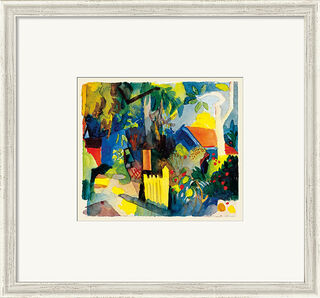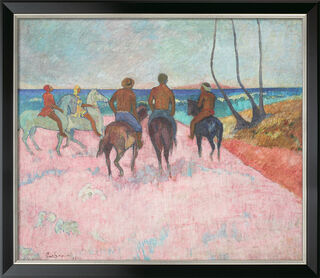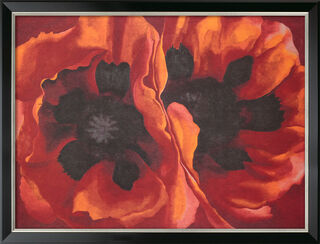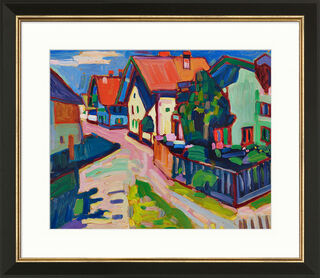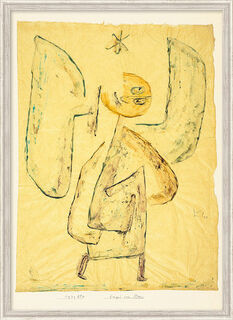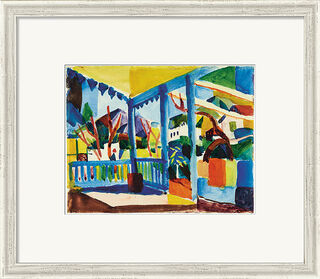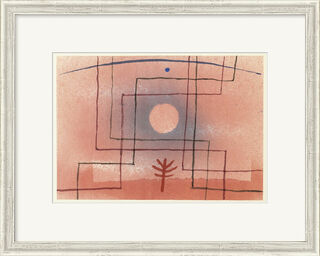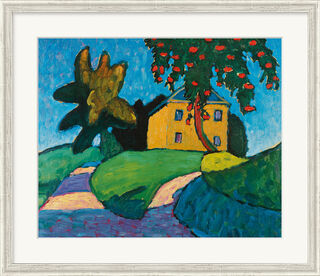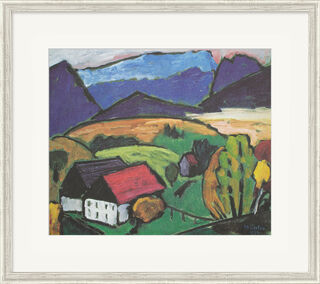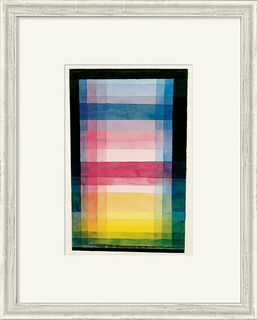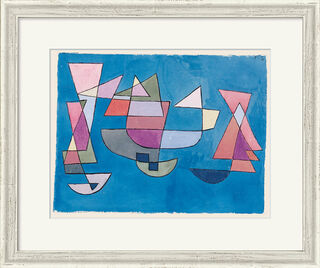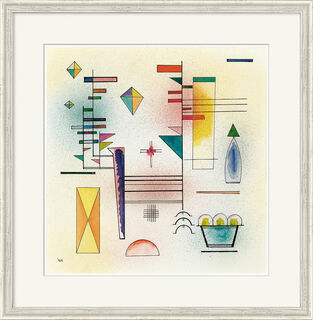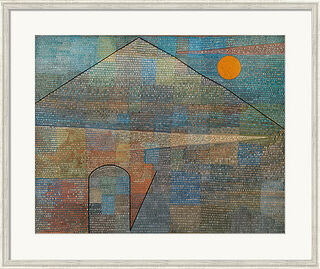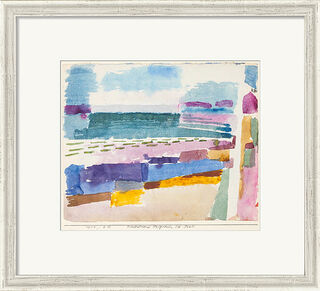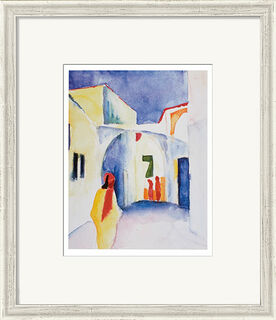Facsimile
Facsimiles: Reproductions Fulfilling the Highest Standards
Facsimile editions are reproductions of art or rare writings. There are many different terms for the reproduction of paintings, graphics, manuscripts, or books, for example, print, copy, replica, or art print. However, facsimiles are usually only used to describe reproductions that closely resemble the original in terms of appearance and tactile qualities. During their creation, efforts are made to authentically replicate the original in terms of size, colours, and material. That includes preserving and accurately reproducing signs of use, ageing, and other distinctive features of the original object. There are various reasons for the sometimes very complex production of facsimiles. It may be necessary if an original, for example, a painting or an important historical document, needs to be preserved but should still be accessible for academic purposes or to the public. Facsimiles can also help as many people as possible to enjoy, for example, a particularly beautiful work of art. Another advantage of a facsimile is that due to the more modern materials used these high-quality reproductions are usually less fragile than the original and are preserved for longer.
Techniques for Producing Facsimiles: Past and Present
With the invention of letterpress printing in the 15th century, the possibility of producing reproductions in larger quantities already existed in theory. However, this technique required the labour-intensive creation of printing plates by hand in order to copy the originals. It was not until the invention of photography or reprography that an important prerequisite for faithful reproductions was created. Today, modern processes such as digital photography or digital image processing additionally facilitate the work. But even with current technology, the production of a facsimile can be a highly complex process. It always starts with a photograph or scan of the original document. This image data is prepared, if necessary, and then printed by offset or digital printing. The choice of material, such as the paper or even the colours, is decisive. In very special cases, it may be necessary to artificially age the paper or even to deliberately soil it. Finally, special finishes, for example, gold leaf, can be applied to the facsimile. Depending on the effort involved, the facsimile can be a unique piece that closely resembles the original. In this way, a facsimile painting can offer a similar enjoyment of art as an original.

